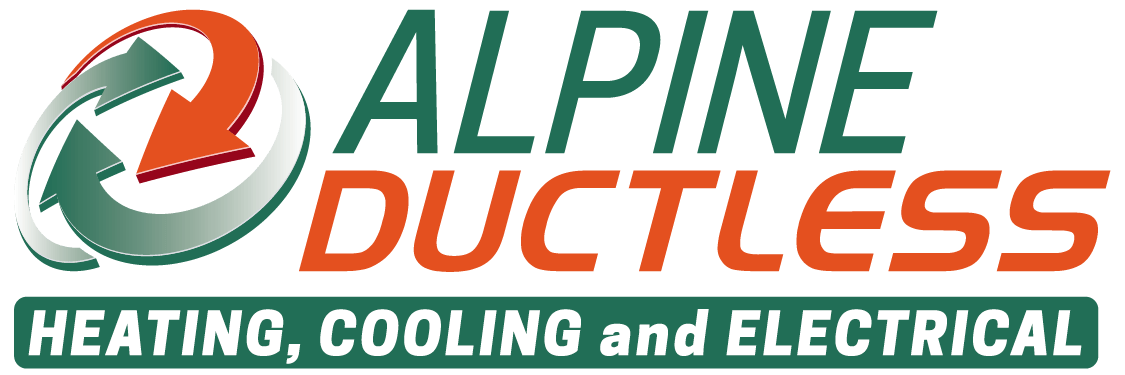We spread our microbes all over the place and they co-mingle with the clouds of others. We breath in the clouds of our friends, relatives and co-workers (how long can you hold your breath?). In fact, scientists believe that our microbial clouds communicate with each other, and they fill up a space very quickly. When a family moves into a new home, it takes about a day to transfer their collective microbial cloud to the new space.
So what, you say?
Understanding what’s in our microbial clouds and how they are impacted by the indoor air quality of newer, air-tight, highly efficient buildings could impact human health.
Oh yeah? Who says?
Scientists from the University of Oregon have been busy unlocking the secrets of our clouds’ DNA. They used special filters in controlled environments and situations to extract our microbes (or, rather, the microbes of willing subjects!)
Human patterns
We spend 93% of our lives indoors so knowing what’s in our cloud is important for understanding how to keep it healthy. We breath less fresh air than our ancestors did and one consequence is that more and more people suffer from “atmospheric” and food allergies. Solution: Ventilate more with fresh air.
Healthy ‘dust bunnies’?
Some indoor dust particles are bad. They are responsible for allergies and asthma. However, some of the particles actually have beneficial protective properties. But when we use, or install, anti-microbial products that attempt to kill ALL bacteria on the surfaces in our homes and businesses, we are actually reducing the beneficial bacteria that can keep us healthy. Just as the overuse of antibiotics is bad for US, our use of antimicrobial chemicals in soap, and just about everything, adds to the antibiotic resistance in dust microbes which could open the door to less healthy bacteria in our dust. This is especially significant to the indoor health of hospitals.
Let there be light!
How are our bacteria and fungi impacted by the lights we choose? Turns out that having lots of daylight within a building has a positive effect on our microbial cloud. People who have to work all day in an indoor environment should be exposed to more hours of natural light. It keeps us happy, too! That’s why we have SAD lights, right?
So, the result of all of these studies is that we have a better idea how to create healthier, yet highly energy-efficient indoor environments to accommodate a population that spends more and more time indoors. Architects and engineers will be able to use this information to create high-efficiency buildings and homes that are properly ventilated, make use of unique surfaces and lighting, and are healthier places in which to work and to live.
To read more ‘sciency’ stuff, please go to http://oregonquarterly.com/we-are-all-pigpen
